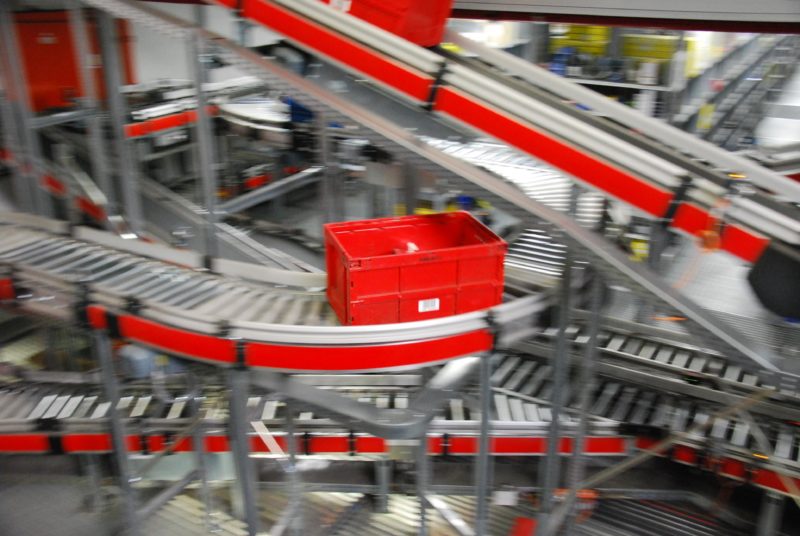There is a simple question to verify whether you are enabling a circular economy for your packaging. Are you designing a packaging product for use in a system that achieves full recovery after each use? Answering “yes” builds a circular model; answering “no” leads to a linear model. And if you are unsure, then there is an open opportunity – if not a necessity – for the packaging designer to find out. After all, optimized packaging design should factor performance conditions at every forward and reverse step in the circular system.
The circular linchpin in a supply chain is product or material recovery. Packaging intended for reuse cannot be reused without product return, and packaging intended for recycling cannot be recycled without material salvage. Therefore, the key operating element for packaging in a circular economy is retrieval.
If pursuing a circular model for packaging, and thus establishing a system for recovery, then strive for a packaging system based on reuse versus settling for single-use recycling. A circular system of reuse is a preferred inner loop activity that keeps the product at its maximum utility and highest value possible. In contrast, a system of recycling is a “last resort,” outer loop activity that keeps the raw material available for new manufacture. Both reuse and recycling play important roles in a circular economy, but when your system design ensures recovery, why not create more value by choosing a durable, feature-rich reusable product, which then can be recycled when no longer fit for purpose?
System design also uncovers knowledge that should be applied to product design. What qualities should the packaging possess to excel through distribution and recovery at end-of-use? For reusable packaging products, designing for recovery may involve product features such as:
- Unique and evident identification for visual inspection and sortation
- Folding or nesting characteristics for empty stacking compatibility and quantity
- Dimensions for rightsizing with automation equipment
- Space for affixing or applying technology for asset monitoring and tracking
- Disassembly properties to facilitate part repair or replacement
The circular economy requires systems thinking. This includes understanding how packaging products will function through all handling, transport, storage and recovery operations. Since the packaging impact may be subjected to the laws of unintended consequences or encounter disguised interconnectivity with other processes, system design can help to avoid solving one problem only to create another. Designing the system first will reveal how the packaging should be designed to exceed use objectives and to capture the most value in use and return. Through system design for effective product recovery, the circular economy for packaging can be formed, and the unmatched benefits of reuse can be realized.
– – – – –
Tim Debus
President & CEO
Reusable Packaging Association

